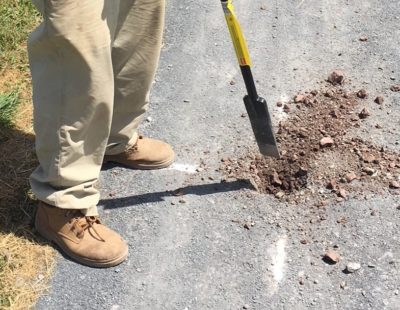Author: John Horne, Product Development Manager
Today, the UK will experience winter solstice marking the shortest day of the year with just over seven hours of daylight. To be precise, the solstice itself is the moment the earth’s axis is tilted at its furthest point from the Sun. Unlike our southern hemisphere friends, those of us living in the northern hemisphere, experience the sun at its lowest point in the sky. Last night (20 December) was, therefore, the longest night of the year – with the Sun typically rising at 08.03 am GMT on Friday 21 December.
So, what does this mean for solar lighting that relies on power from the sun? While we can’t speak for all eco-friendly lighting, we can confirm that the design and rigorous real time testing of the solareye80 ground lights throughout all UK seasons, helps them to perform through the night at any time of the year. The dimpled surface (actually small hemispheres) substantially increases the surface area – allowing for more daylight “capture “, even when the sun is at its lowest in the sky
To help gain the optimal performance for your solar ground lighting in the darker months, they need to ideally be free from any obstructions such as grass coverage and leaves. When Lakeside Group supply and install the solar lighting products we advise and make recommendations for the best place to fit them. Once installed, they virtually look after themselves, even on the darkest of days!
December 2018: Video Footage of the solareye80 working on the longest night of the year



